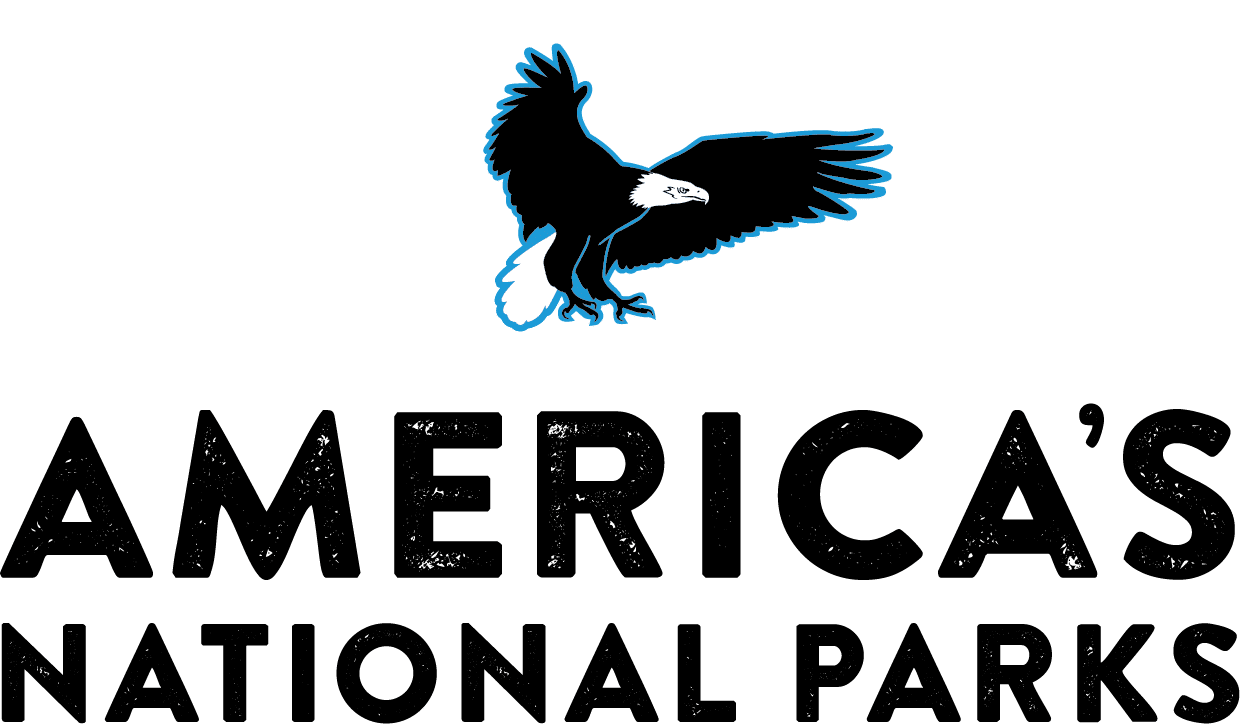American Indians in the Civil War
Over 20,000 American Indians fought in the Civil War in both Union and Confederate uniforms. While the Civil War raged, tribal communities had no reprieve from the forced removal and violence of the preceding decades. Western tribes faced conflict at the hands of white settlers and Federal troops. Our Book of the Week, American Indians and the Civil War shines a light on some of the significant stories of American Indians during the war. Most importantly, this book makes clear that the story of the American Civil War would be incomplete without the perspectives of Native Americans. Here’s just a few of the stories featured in the American Indians and the Civil War.
Lieutenant Colonel Ely Parker

In 1871, Ely Parker was appointed the nation’s first Native American Commissioner of Indian Affairs.
A Seneca Indian chief, and a longtime friend of Ulysses S. Grant, Parker drafted the final copy of the surrender at Appomattox that would be signed by Robert E Lee. He would rise to the rank of Brigadier General and become a member of Grant’s presidential administration after the war. It’s said that when Lee recognized Parker as a Native American, he said “I’m glad there’s at least one real American here.” To which Parker famously replied, “We’re all Americans.” Read More…
Henry Berry Lowrie
An image of Henry Berry Lowrie, believed to be from the 1860’s.
The Long Walk of the Navajo

Barboncito, along with fellow Navajo leader Manuelito, negotiated the return of the Navajo people to their homeland in 1868.
National Park Service Resources
American Indian experiences during the Civil War are interpreted at a wide range of national park sites and in articles on nps.gov. A full list of related parks can be found in the Book of the Week, but here’s a sampling to get you started.
Cedar Creek and Belle Grove NHP
Explore the Shenandoah Valley with Cedar Creek and Belle Grove NHP. This park invites visitors to learn about the rich history of the area ranging from the Native Americans who shaped the land to some of the most dramatic events of the Civil War. There are multiple ways to explore this park from home and collect your official virtual Passport cancellation!
Shop The Experience
Civil War Series
Learn more about American Indians and the Civil War by taking a look at the full-scale of the war through our Civil War Series Publications.





